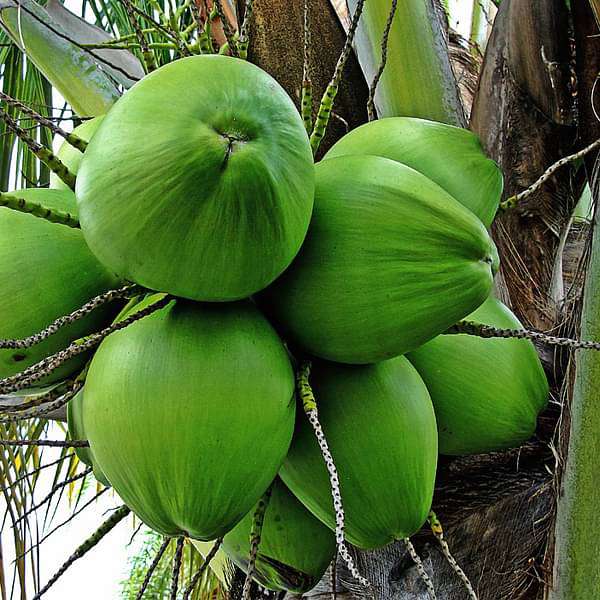
Nariyal, Coconut Tree (Green, Grown Through Seeds) - Plant
(MRP Inclusive of all taxes)
- Shipping ₹79 for entire order
- Dispatch in 7 days
- Country of origin: India

(MRP Inclusive of all taxes)
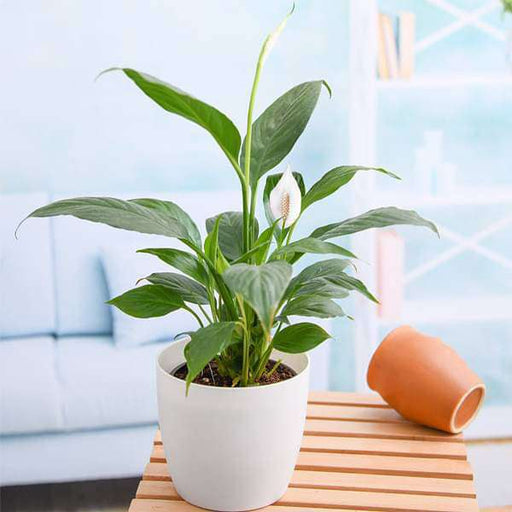
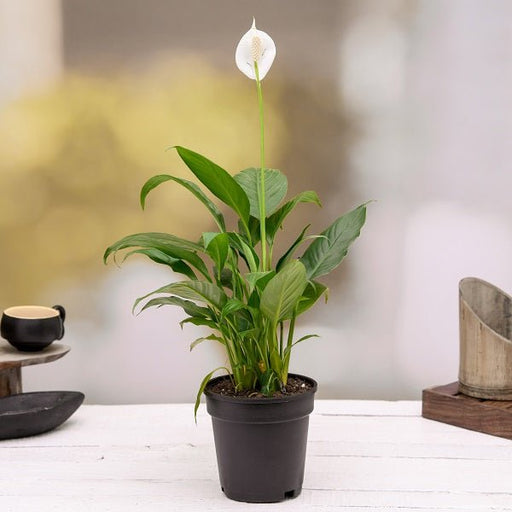 Save up to 15%
Save up to 15%
Peace Lily, Spathiphyllum - Plant The Peace Lily, scientifically known as Spathiphyllum, is a stunning houseplant celebrated for its elegant white...
View full details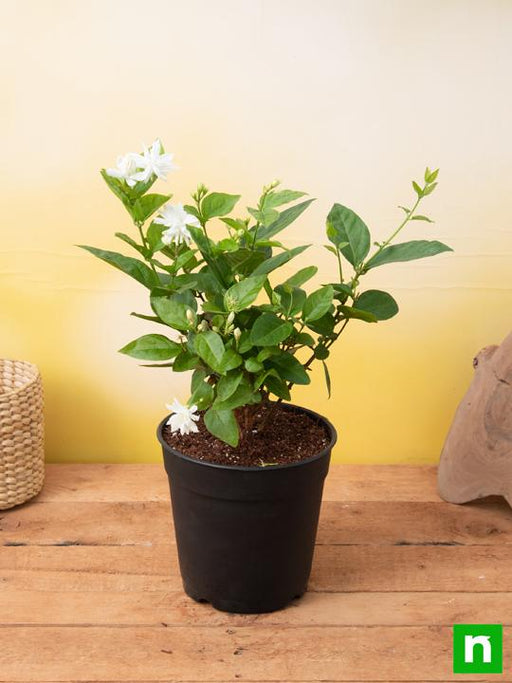
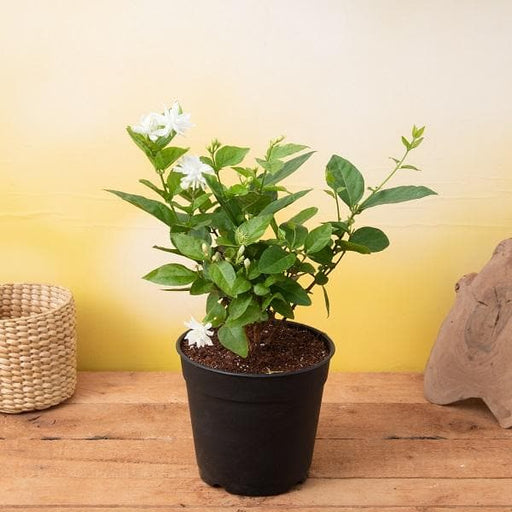 Save 25%
Save 25%
Jasminum sambac, Mogra, Arabian Jasmine - Plant Jasminum sambac, commonly known as Mogra or Arabian Jasmine, is a fragrant flowering plant...
View full details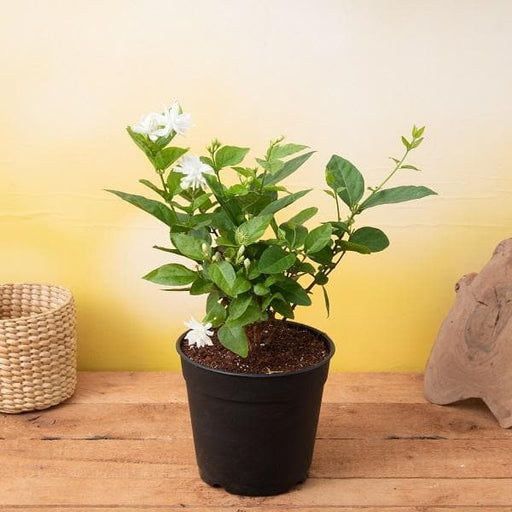
 Save 17%
Save 17%
Beautiful Fragrant Mogra, Arabian Jasmine Plant with Pot The Beautiful Fragrant Mogra, also known as Arabian Jasmine (Jasminum sambac), is...
View full details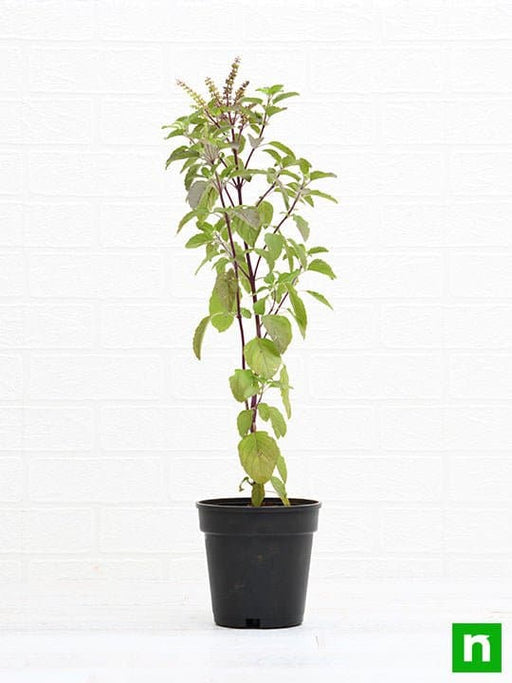
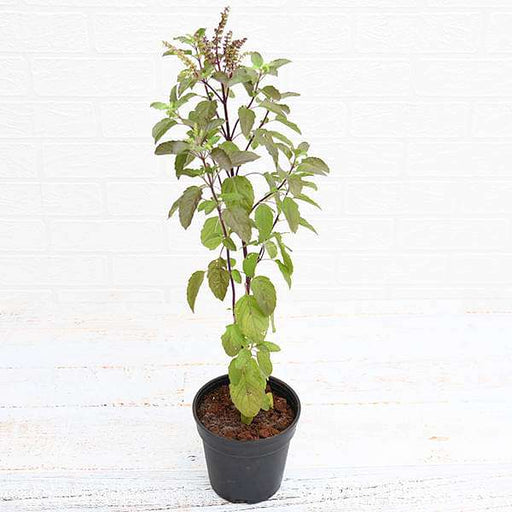 Save 26%
Save 26%
Krishna Tulsi Plant, Holy Basil, Ocimum tenuiflorum (Black) - Plant The Krishna Tulsi Plant, also known as Holy Basil, is a revered herb i...
View full details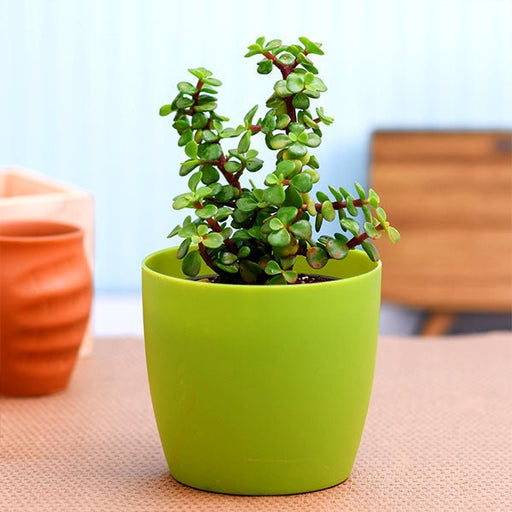
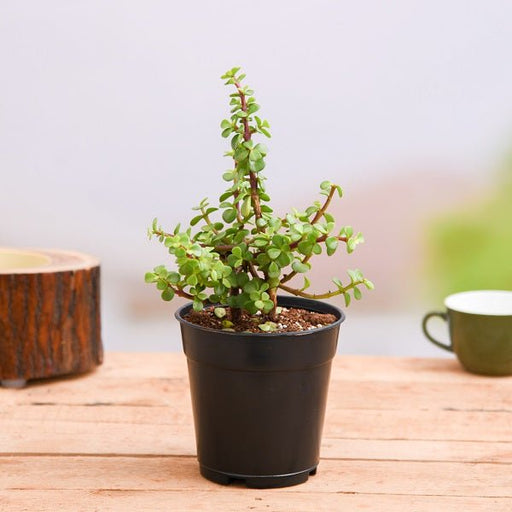 Save up to 20%
Save up to 20%
Elephant Bush, Portulacaria afra, Jade Plant (Green) - Succulent Plant The Elephant Bush, scientifically known as Portulacaria afra, is a ...
View full details
 Save up to 17%
Save up to 17%
Money Plant Marble Prince (Scindapsus N Joy) The Money Plant Marble Prince, scientifically known as Scindapsus N Joy, is a stunning houseplant tha...
View full details
 Save up to 20%
Save up to 20%
Money Plant, Scindapsus (Green) - Plant The Money Plant, scientifically known as Scindapsus aureus, is a popular houseplant celebrated for its lus...
View full details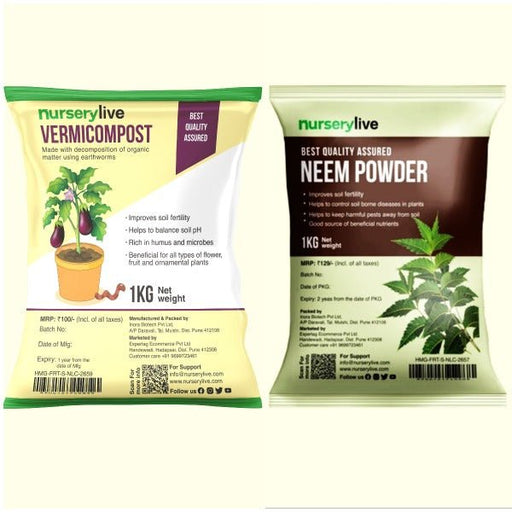 Save 15%
Save 15%
Pack of Vermicompost and Neem Cake for House Plants Transform your indoor garden with our premium Pack of Vermicompost and Neem Cake, spec...
View full details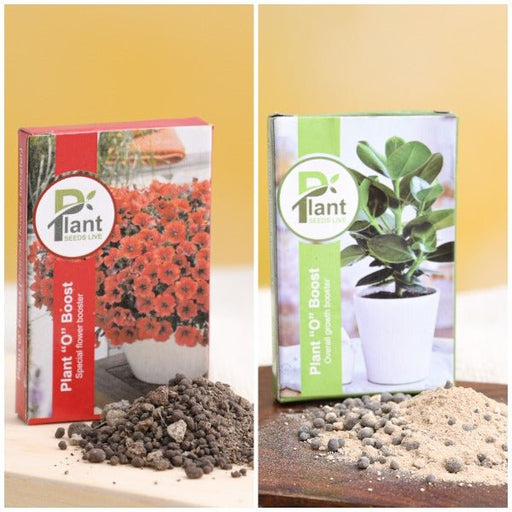
Pack of Plant Growth and Flower Boosters Unlock the full potential of your garden with our Pack of Plant Growth and Flower Boosters! This ...
View full details Save 38%
Save 38%
Combo of Jeevamrut and Neem Raksha for Easy Growth and Protection of Houseplants Transform your indoor garden with our exclusive combo of ...
View full details Save 22%
Save 22%
Plant Nutrients Kit (Pack of 16) for a Healthy Garden Transform your garden into a lush paradise with our Plant Nutrients Kit, featuring 1...
View full details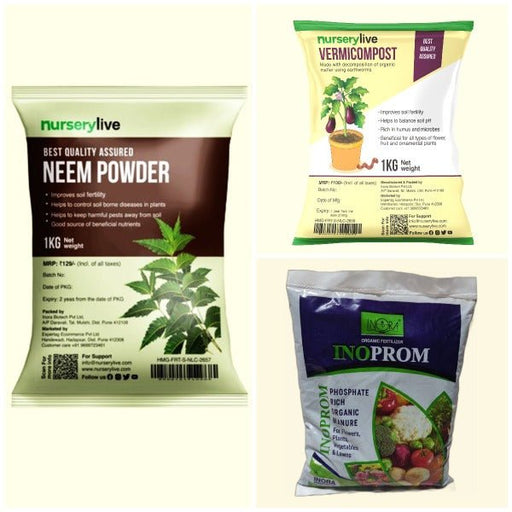 Save 16%
Save 16%
Combo of Top Plant Fertilizers Elevate your gardening game with our exclusive Combo of Top Plant Fertilizers, featuring two bags of premiu...
View full details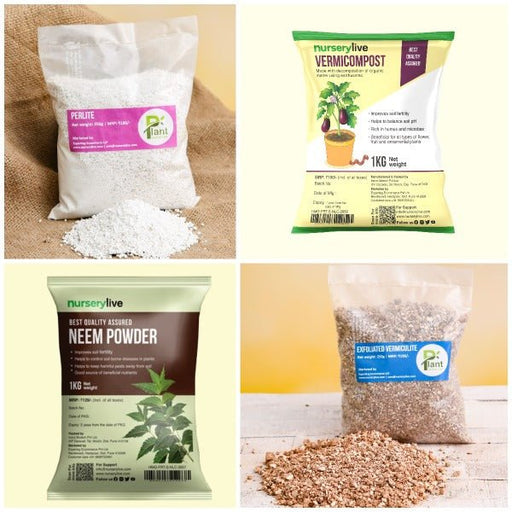 Save 24%
Save 24%
Pack of 4 Additives to Make Soil Healthy and Nutrient Rich Transform your garden into a thriving ecosystem with our Pack of 4 Additives de...
View full details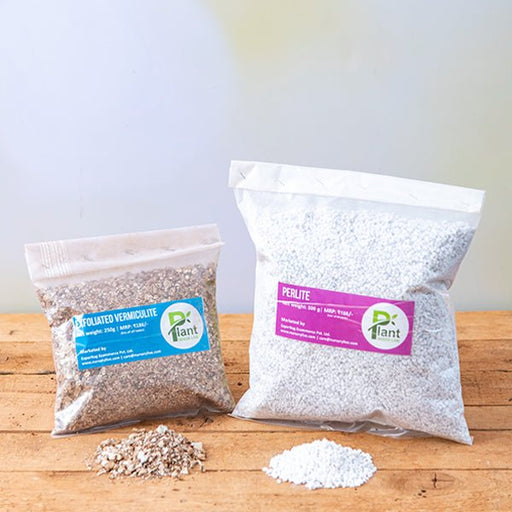 Save 30%
Save 30%
Transform your gardening experience with our premium Combo of Perlite and Vermiculite. This unique blend is designed to enhance soil aeration and ...
View full details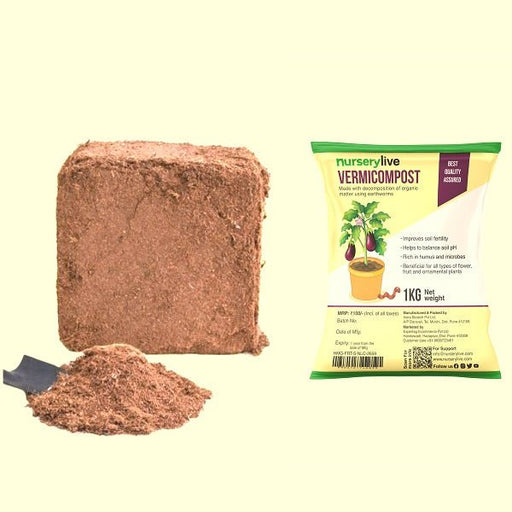 Save 27%
Save 27%
Combo of 2 Vermicompost and Cocopeat - Enrich Your Soil Naturally! Transform your garden into a thriving ecosystem with our Combo of 2 Ver...
View full details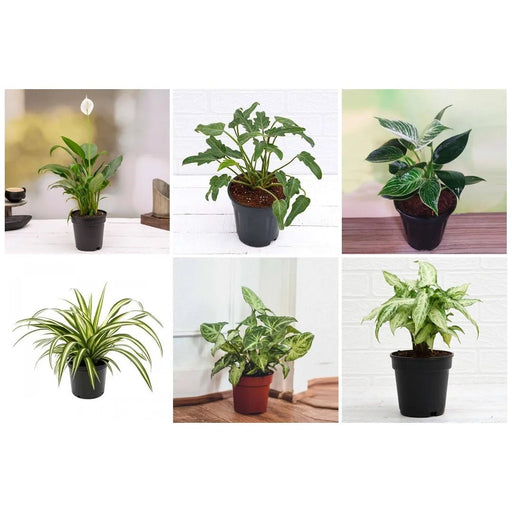
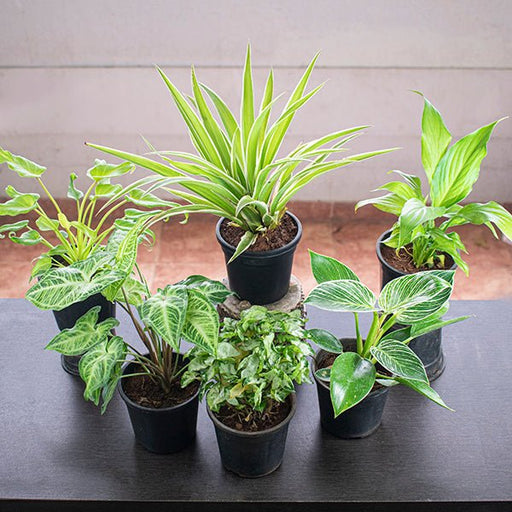 Save 35%
Save 35%
Best 6 Plants for Perfect Indoor Garden Transform your living space into a lush oasis with our curated collection of the Best 6 Plants for a...
View full details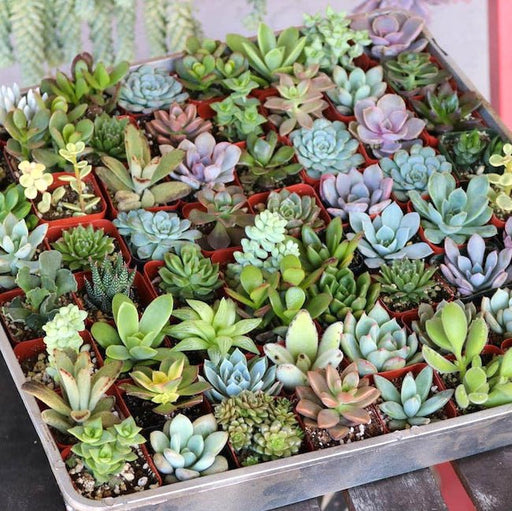
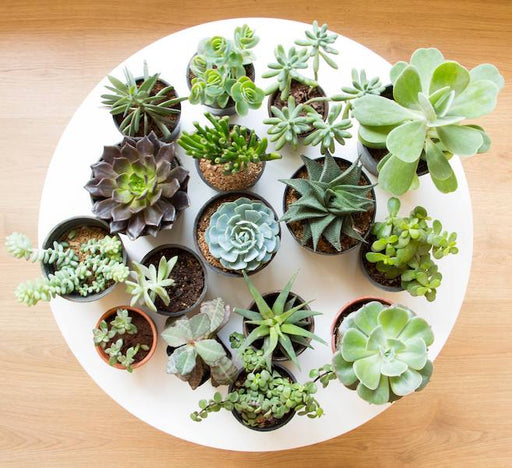 Save up to 50%
Save up to 50%
Mini Succulent Garden Pack Transform your space with our Mini Succulent Garden Pack, featuring a delightful collection of 4 any variety beautiful s...
View full details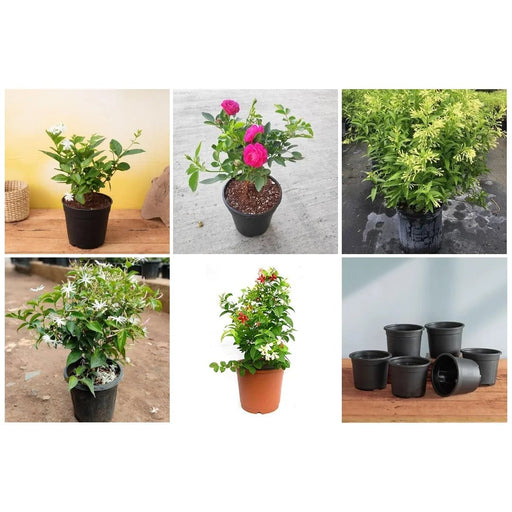
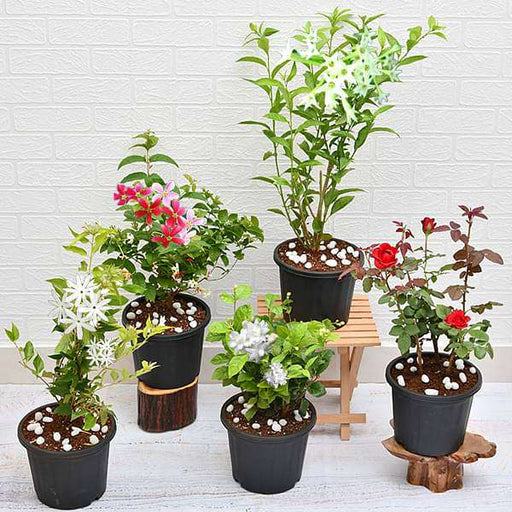 Save 30%
Save 30%
5 Best Fragrant Plants Transform your garden or indoor space into a fragrant paradise with our curated selection of the 5 Best Fragrant Plants. Th...
View full details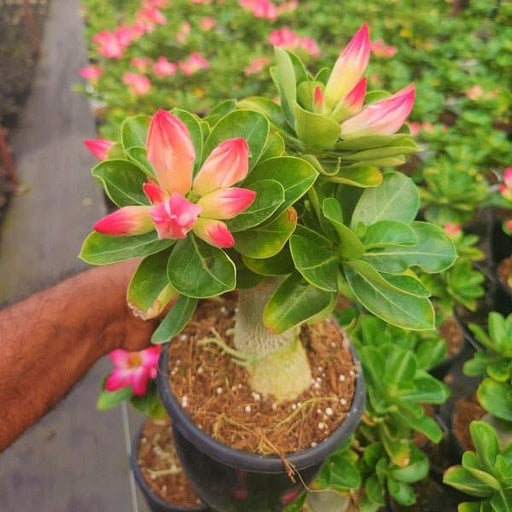
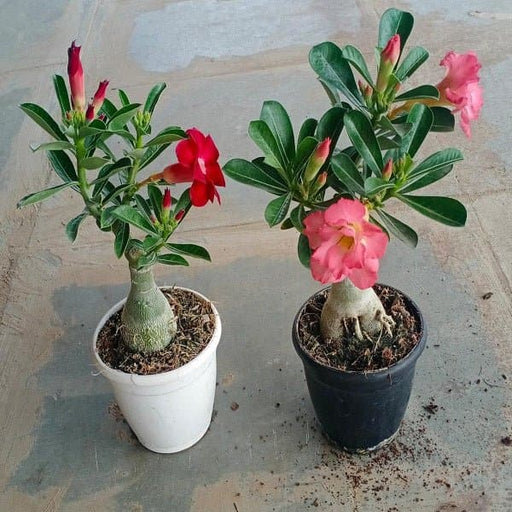 Save 24%
Save 24%
Set of 2 Bonsai Looking Grafted Adeniums Transform your indoor or outdoor space with our exquisite Set of 2 Bonsai Looking Grafted Adenium...
View full details Save 45%
Save 45%
Top 4 Die Hard Succulents Pack Transform your indoor or outdoor space with our Top 4 Die Hard Succulents Pack, featuring a curated selecti...
View full details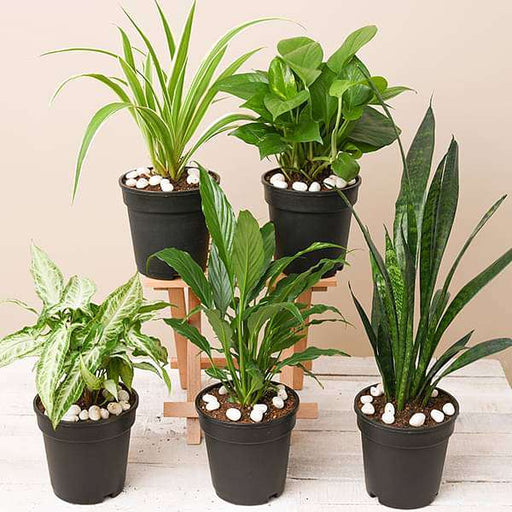
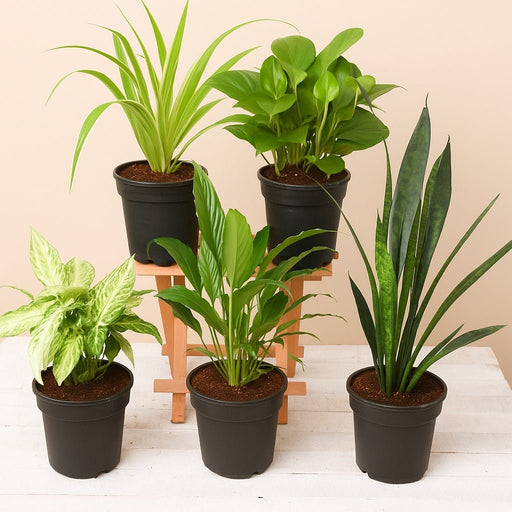 Save 30%
Save 30%
5 Best Indoor Plants Pack Transform your living space into a lush oasis with our '5 Best Indoor Plants Pack.' This carefully curated collection fe...
View full details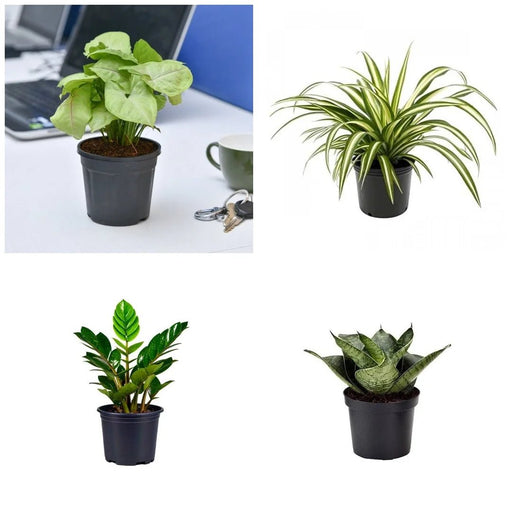
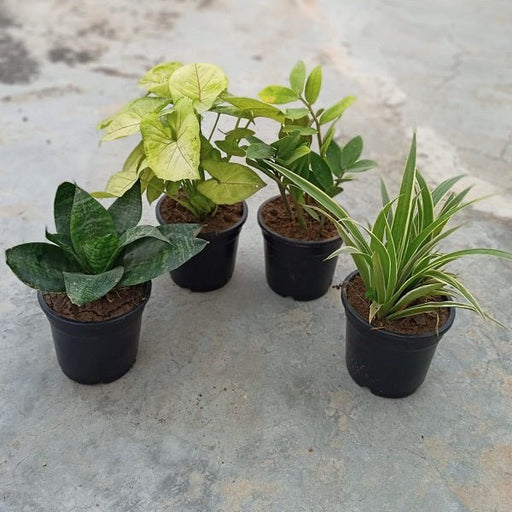 Save 25%
Save 25%
Set of 4 Evergreen Air Purifier Plant Pack Transform your indoor space into a lush, green oasis with our Set of 4 Evergreen Air Purifier Pla...
View full details| SrNo | Item Name | Qty |
|---|---|---|
| 1 | Nariyal (Green, Grown Through Seeds) Plant | 1 |
The Nariyal, or Coconut Tree, is a tropical marvel that thrives in warm climates, producing the beloved coconut fruit. Known scientifically as Cocos nucifera, this versatile plant can grow up to 30 meters tall and is a staple in many coastal regions. With its lush green fronds and ability to adapt to various soil types, the coconut tree is not only a source of food but also a symbol of tropical paradise.
What makes the Nariyal special is its multifaceted uses. From culinary delights to medicinal applications, every part of the coconut tree is valuable. The tree is also a significant contributor to local economies, providing livelihoods for millions. Its ability to sequester carbon makes it an eco-friendly choice for sustainable landscaping.
One of the standout features of the Nariyal is its resilience. This tree can withstand harsh coastal winds and salt spray, making it an ideal choice for seaside gardens. Additionally, it plays a crucial role in preventing soil erosion, protecting coastlines from the ravages of the sea.
The Nariyal plays a vital role in combating climate change by absorbing carbon dioxide. Its extensive root system helps prevent soil erosion, making it an essential plant for coastal ecosystems. Additionally, coconut trees provide habitat for various wildlife, contributing to biodiversity.
Nariyal, or coconut, is not just a tropical delight; it’s a treasure trove of health benefits! Packed with fiber, vitamins, and minerals, this nutty wonder can boost your immune system, improve digestion, and even give your skin that radiant glow. Who knew that indulging in a coconut could be your ticket to a healthier lifestyle? So, next time you sip on coconut water or munch on coconut meat, remember you’re not just treating your taste buds; you’re treating your body like royalty!
Growing a coconut tree is like raising a child—requires love, attention, and a bit of patience! These majestic trees thrive in sandy, well-drained soil and need plenty of sunlight. Water them regularly, but don’t drown them; they’re not fans of soggy feet! With the right care, your coconut tree will reward you with a bounty of coconuts, making you the proud parent of a tropical paradise right in your backyard.
If you’re impatient for your coconut tree to grow, you might want to grab a chair and settle in for the long haul. These beauties can take anywhere from 6 to 10 years to start producing coconuts. But don’t fret! Once they start, it’s like a coconut party every year. Just think of it as a long-term investment in your own personal coconut factory. Patience is a virtue, especially when it comes with a side of coconut curry!
Did you know there are over 80 varieties of coconut trees? From the tall and stately to the short and bushy, each type has its own unique charm. The Dwarf Coconut is like the cute little cousin of the tall variety, perfect for small gardens. Meanwhile, the Tall Coconut is the classic choice, reaching for the sky like it’s auditioning for a role in a tropical movie. Choose your variety wisely, and you’ll have a coconut tree that fits your style!
Coconut water is the ultimate thirst quencher, but its uses go beyond just hydration. This natural elixir can be a base for smoothies, a refreshing addition to cocktails, or even a secret ingredient in your favorite curry. It’s like the versatile friend who can fit in anywhere! Plus, with its electrolytes, it’s the perfect post-workout drink. So, next time you crack open a coconut, remember you’re not just sipping; you’re elevating your culinary game!
Coconut oil is the Swiss Army knife of the kitchen and beauty cabinet. Use it for cooking, baking, or as a moisturizer that leaves your skin feeling like silk. It’s also a great hair conditioner, making your locks shine brighter than a disco ball. With its antimicrobial properties, it’s like a superhero for your health. So, slather it on, cook with it, and let coconut oil work its magic in your life!
Don’t toss that coconut shell after you’ve enjoyed the delicious fruit! Get crafty and turn it into a decorative bowl, a quirky planter, or even a unique piece of jewelry. The possibilities are endless! With a little creativity, you can transform what would be waste into stunning art pieces that will impress your friends. Plus, you’ll be doing your part for the environment—talk about a win-win!
Planting a coconut tree is like planting a piece of paradise in your backyard. Choose a sunny spot, dig a hole, and drop in that seed like you’re planting a treasure. Water it, give it some love, and watch as it grows into a towering beauty. Just remember, it’s not a race; it’s a journey. With a little patience and care, you’ll soon have your very own coconut oasis to enjoy!
Harvesting coconuts is not for the faint of heart; it’s an adventure! Climbing up a tall tree with a machete in hand might sound like a scene from an action movie, but it’s all in a day’s work for coconut farmers. Once you’ve successfully harvested those green gems, you’ll feel like a champion. Just be careful not to drop them on your foot; coconuts are heavier than they look!
Let’s talk numbers! Coconuts are not just delicious; they’re also packed with nutrients. A medium coconut contains about 690 calories, but don’t let that scare you! It’s loaded with healthy fats, fiber, and essential minerals. Plus, it’s a great source of energy. So, indulge guilt-free, knowing you’re fueling your body with nature’s goodness. Who knew being healthy could taste so good?
The coconut tree is more than just a tropical icon; it’s a symbol of resilience and nourishment. In many cultures, it represents life, sustenance, and prosperity. Its ability to thrive in harsh conditions makes it a metaphor for overcoming challenges. So, when you gaze at a coconut tree swaying in the breeze, remember it’s not just a pretty sight; it’s a reminder of strength and abundance in life!
Nariyal, or Coconut Tree, is the tropical superstar of the plant world! Known for its tall stature and lush green fronds, it produces coconuts that are not just delicious but also versatile. From refreshing drinks to cooking oil, this tree is nature's multitasker, making it a must-have for any garden enthusiast.
Growing a Coconut Tree from seeds is like starting a tropical adventure! First, grab a mature coconut, soak it in water for a few days, then plant it in well-draining soil. Keep it warm and watered, and soon you'll have a little green giant sprouting in your backyard, ready to impress your friends!
Coconut Trees thrive in warm, sunny climates—think tropical paradise! They love temperatures between 70°F to 90°F and plenty of humidity. If you live in a colder region, you might want to consider a vacation to the tropics instead of planting one. After all, who wants a coconut tree in a snowstorm
Patience is key when growing a Coconut Tree! Typically, it takes about 6 to 10 years for your tree to start producing those delicious coconuts. But don’t worry, while you wait, you can enjoy the shade and beauty of your leafy friend. Good things come to those who wait, right
Coconut Trees are not picky eaters, but they do prefer sandy, well-draining soil. Think of it as their beach vacation! A mix of loamy soil with good drainage will keep your tree happy and healthy. Just avoid heavy clay—your coconut won't appreciate a mud bath!
Coconut Trees are like thirsty party animals! They need regular watering, especially during dry spells. Aim for about 2-3 gallons of water per week. Just remember, they don’t like soggy feet, so ensure proper drainage. A happy coconut is a hydrated coconut!
While Coconut Trees dream of sunny beaches, they can be grown indoors if you have a bright, warm spot. Just make sure they get plenty of sunlight and space to stretch their leaves. But be warned: they might start planning their escape to the tropics!
Coconut Trees can attract a few uninvited guests like spider mites and mealybugs. Keep an eye out for these little party crashers! Regularly inspect your tree and use organic insecticides if needed. After all, you want your coconut to be the life of the garden party, not a pest buffet!
Coconut Trees are the skyscrapers of the plant world, reaching heights of 50 to 80 feet! They can tower over your house, providing shade and coconuts galore. Just make sure you have enough space in your yard—no one wants a coconut tree crashing the neighbor's barbecue!
Coconut Trees are surprisingly resilient! While they prefer consistent moisture, they can tolerate short periods of drought. However, don’t push your luck—too much dryness can stress them out. Think of them as the laid-back beachgoers who can handle a little sun but still appreciate a refreshing drink!
Growing a Coconut Tree is like having a personal tropical oasis! They provide shade, beauty, and delicious coconuts for cooking and drinking. Plus, they can improve your garden's biodiversity and attract wildlife. Who wouldn’t want a tree that’s both functional and fabulous
Absolutely! Coconut Tree leaves are nature's gift that keeps on giving. Use them for thatch roofing, baskets, or even as eco-friendly plates for your next beach party. They’re versatile, sustainable, and add a touch of tropical flair to any occasion. Who knew leaves could be so useful